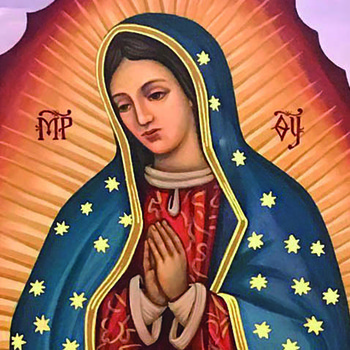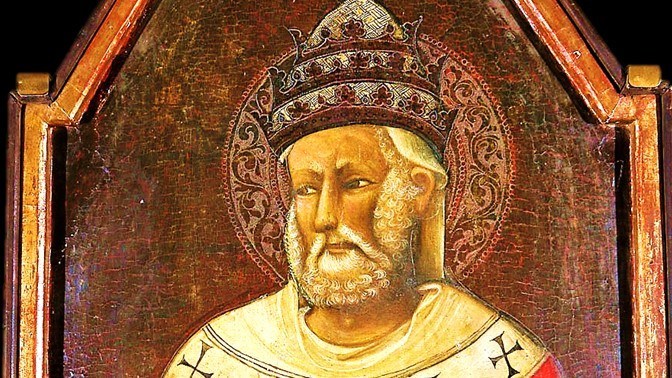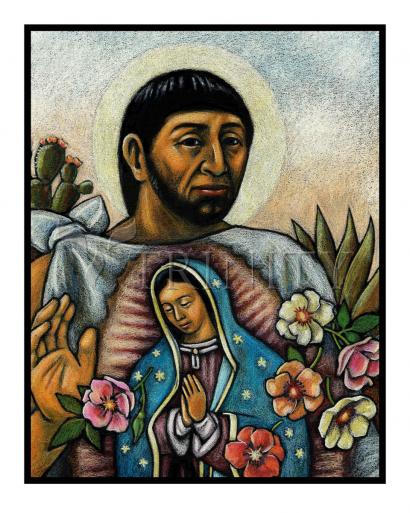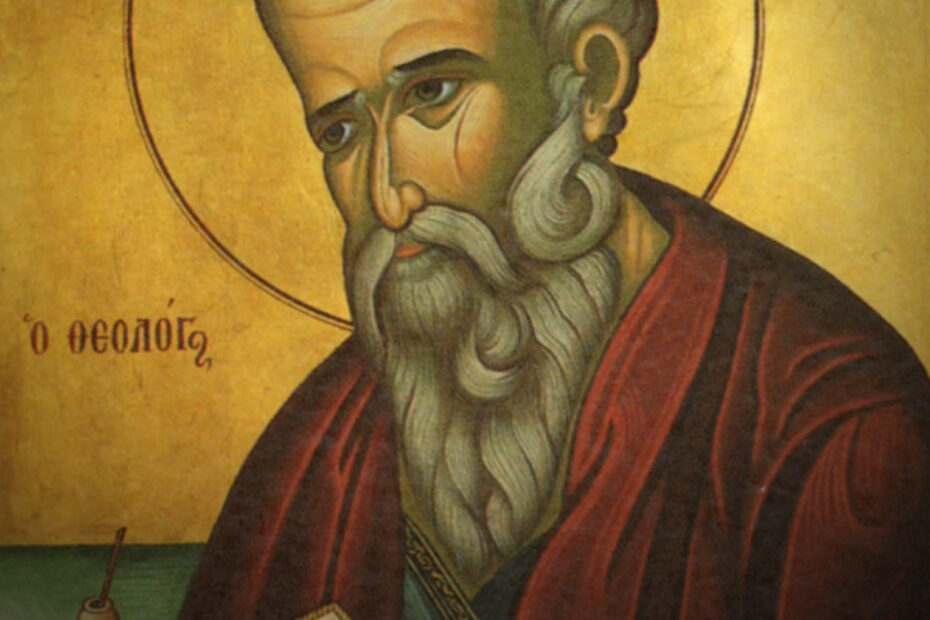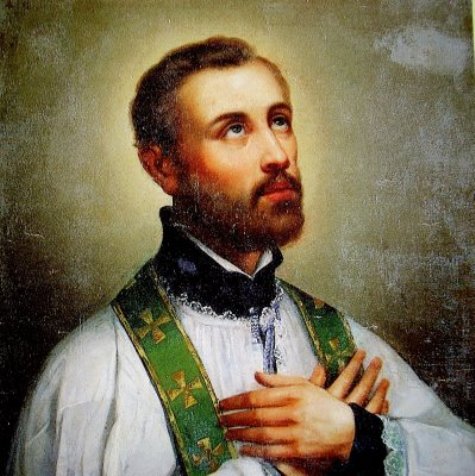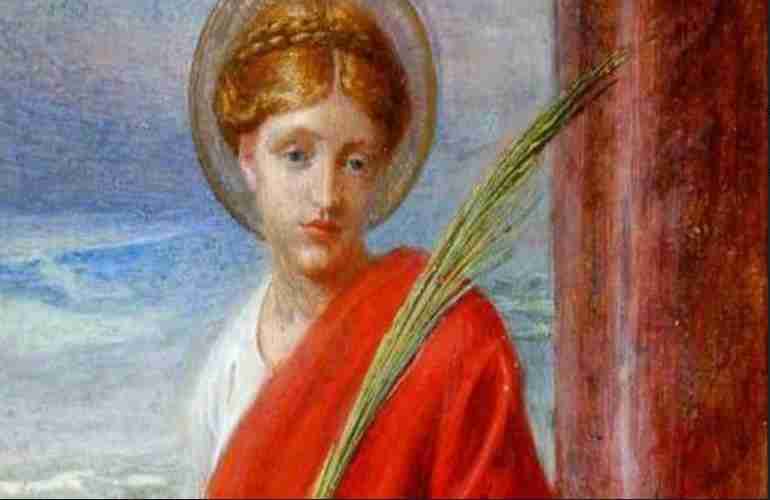Our Lady of Guadalupe
In 1910 Our Lady of Guadalupe was declared Patroness of Latin America, and in 1945 Pope Pius XII declared Her to be the Empress of all the Americas. She appeared to an Indian convert named Juan Diego on December 9, 1531. She left a marvelous portrait of herself on the mantle of Juan Diego. This miraculous image has proved to be ageless and is kept in the shrine built in her honor, the Basilica of Our Lady of Guadalupe.
